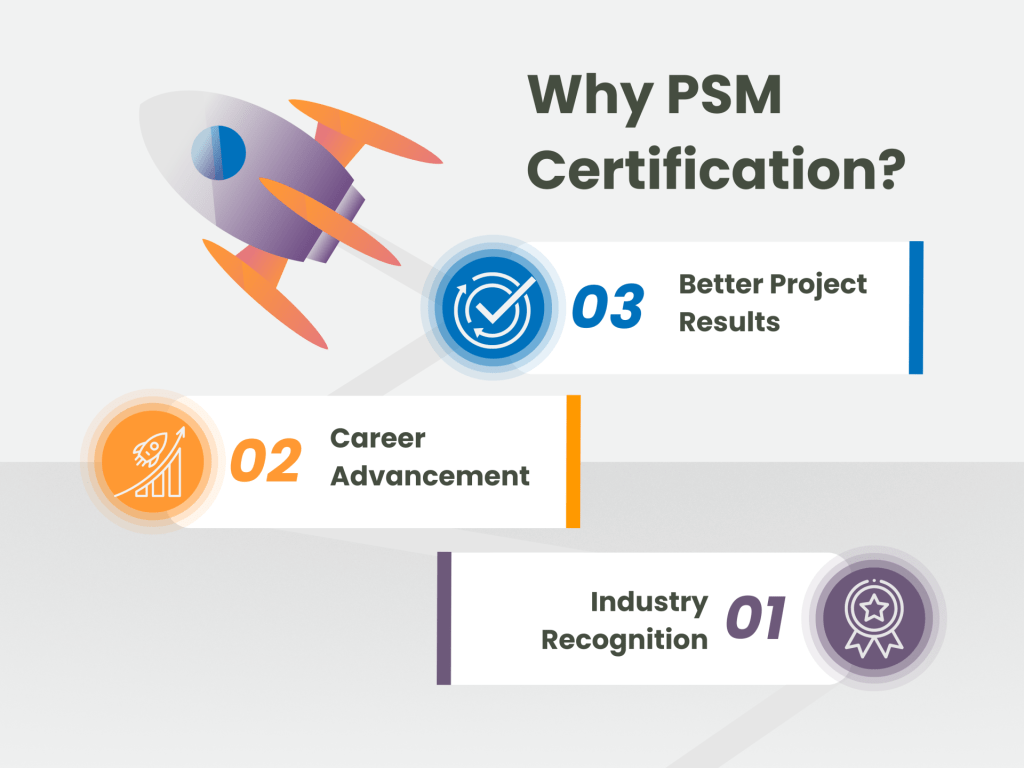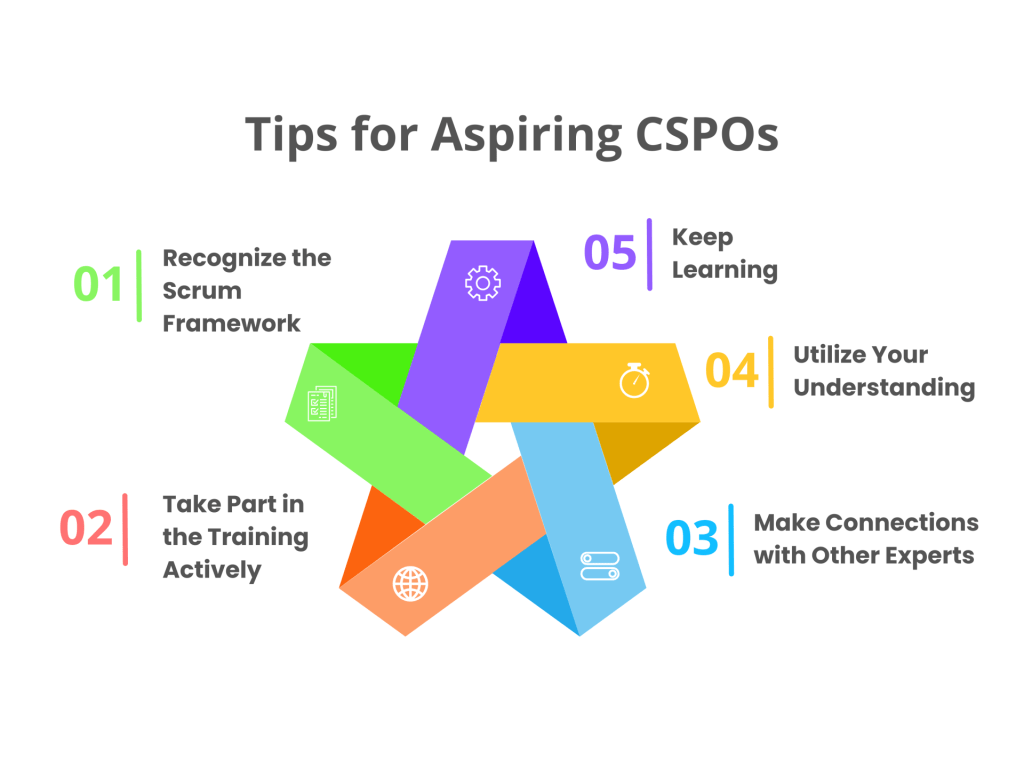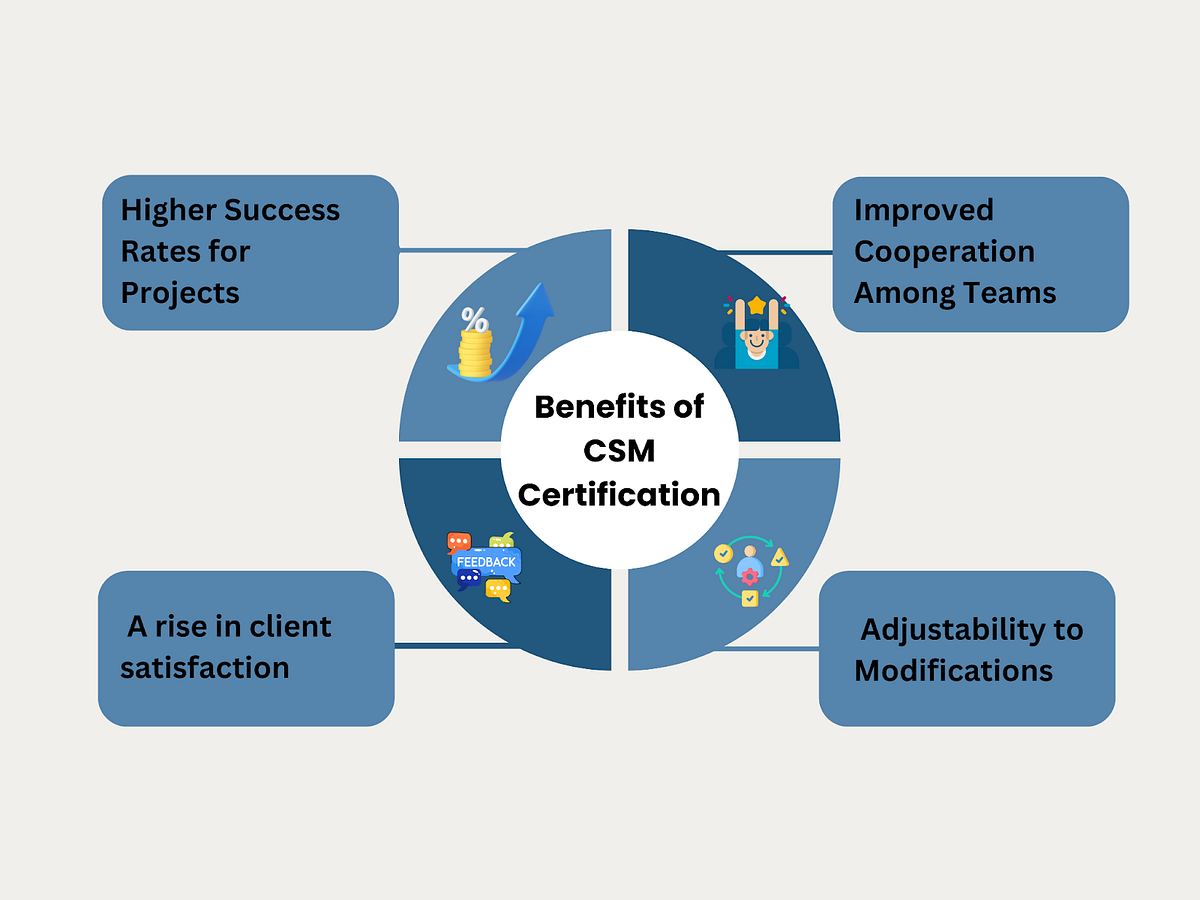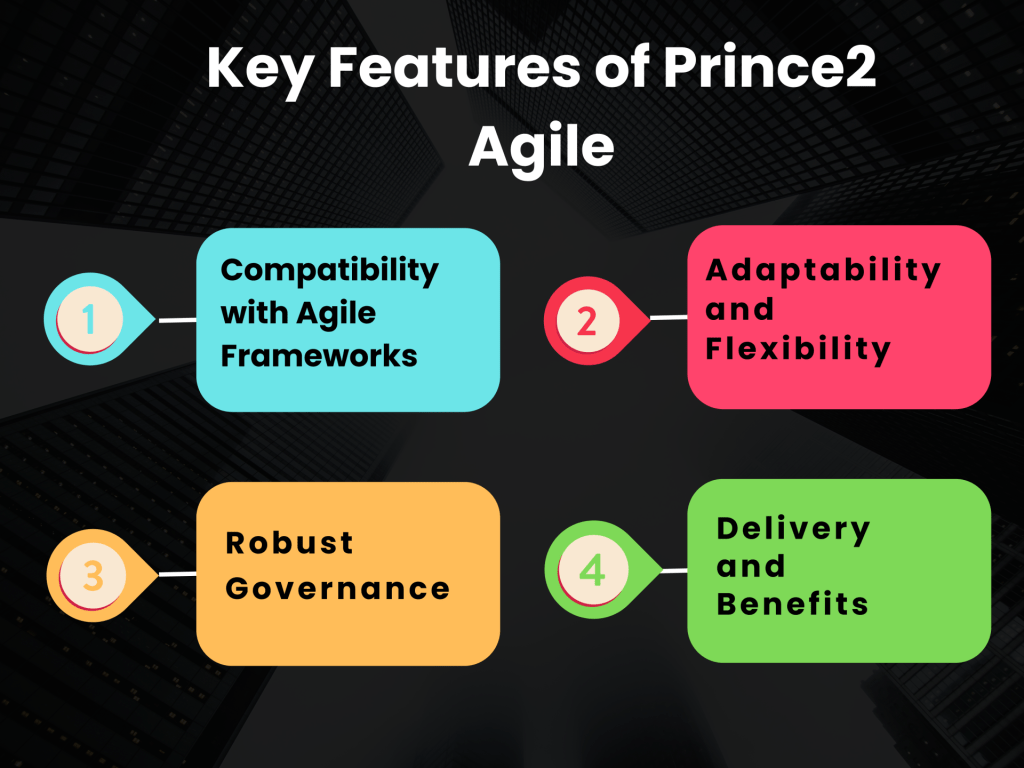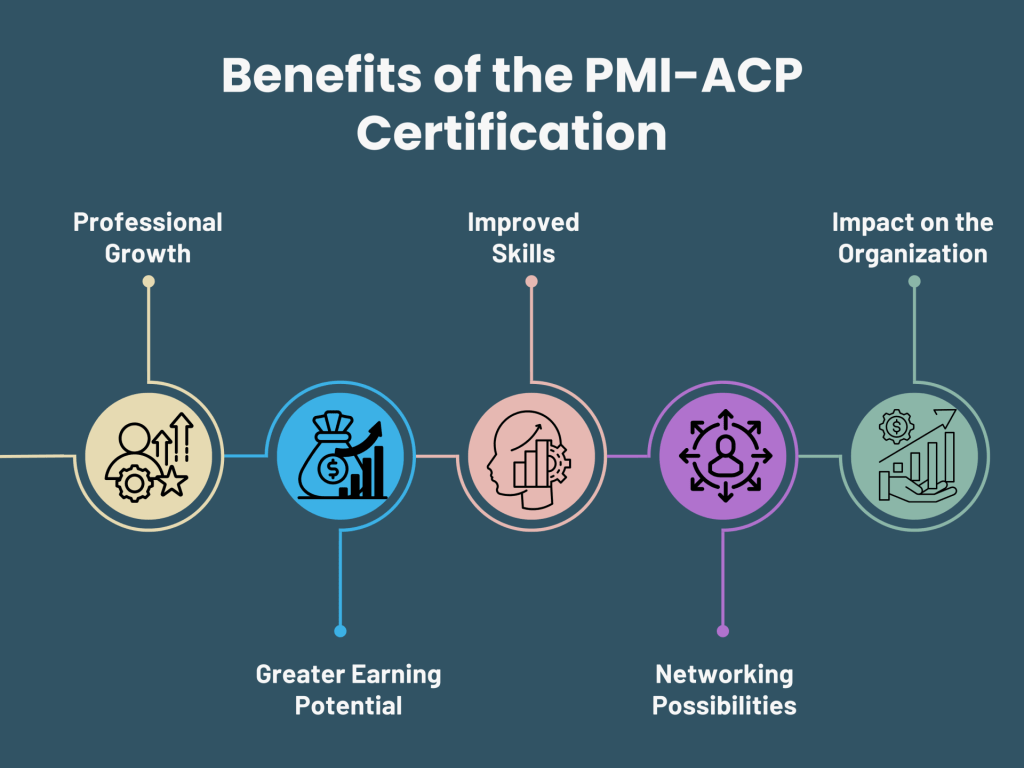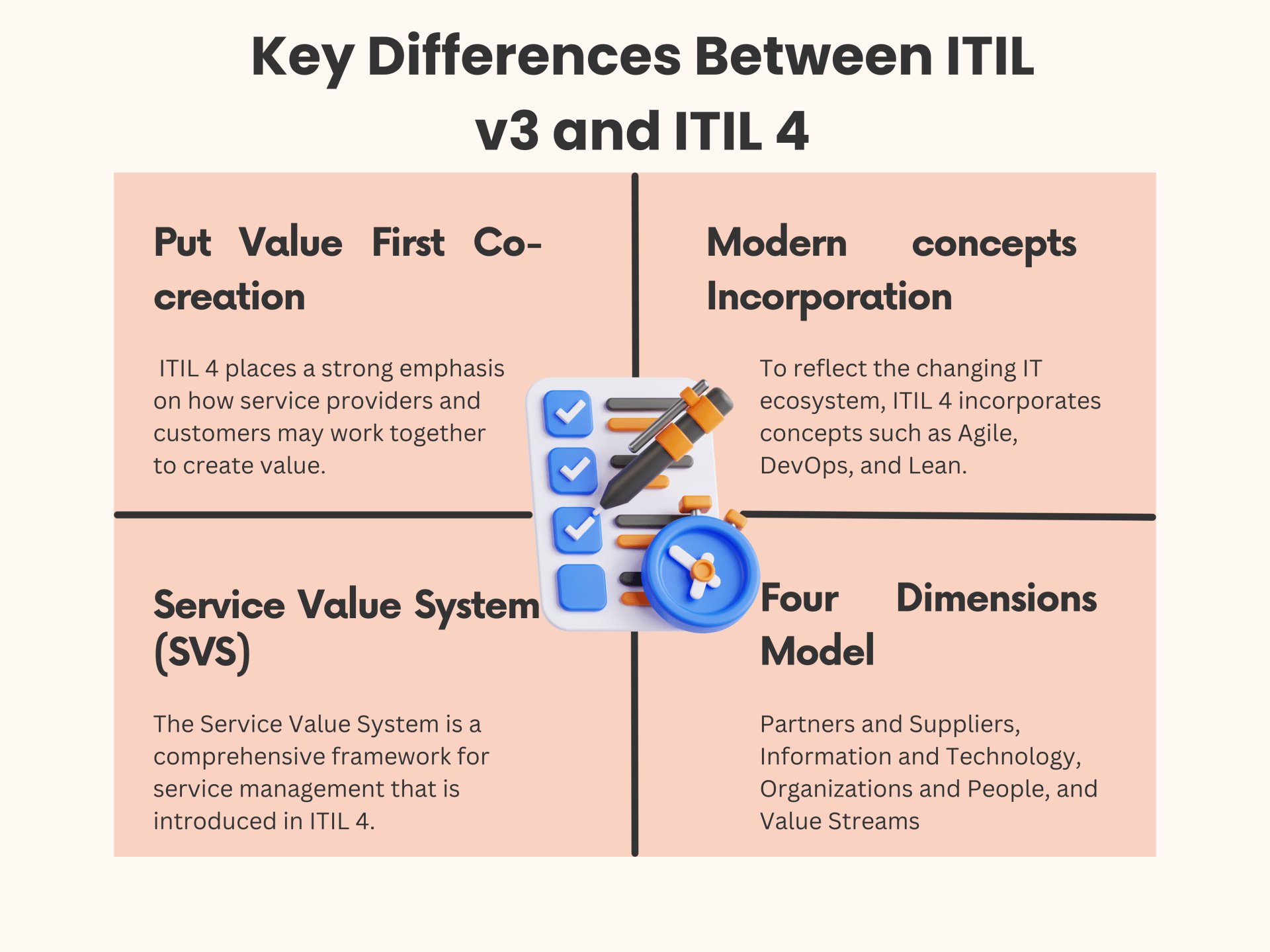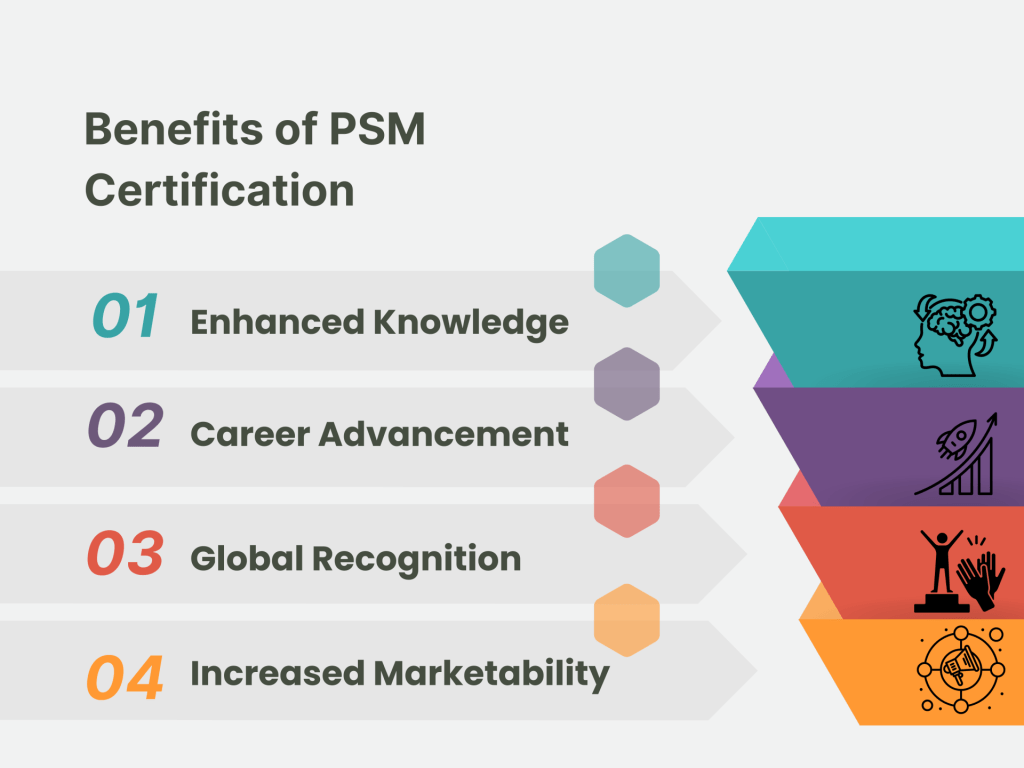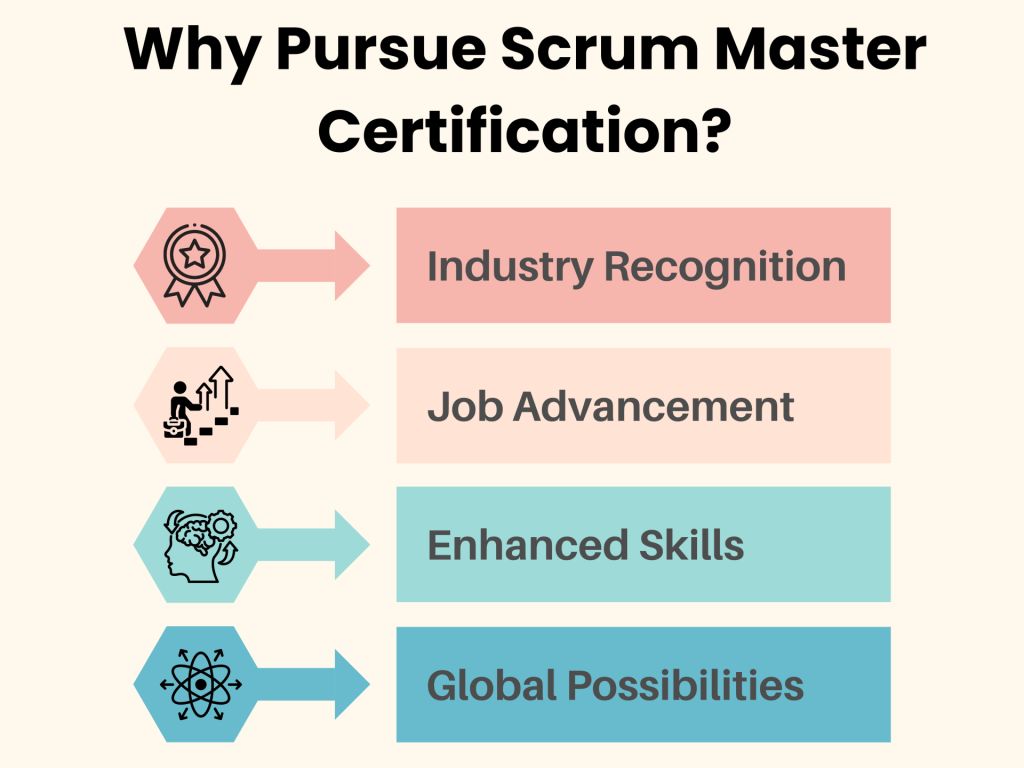Getting certified in ITIL can change a person’s or an organization’s life in today’s fast-paced, constantly-changing IT landscape. Known as the itil certification, the ITIL V4 Certification is the most recent version of the widely accepted framework that helps companies efficiently manage and provide IT services. This blog examines the ITIL Certification, emphasizing the ITIL Foundation Certification, and investigates the reasons that IT workers should engage in the ITIL 4 Certification course.
Understanding ITIL Certification
A comprehensive collection of procedures for IT service management (ITSM) that emphasizes matching IT services to business requirements is known as the Information Technology Infrastructure Library (ITIL). A thorough certification program, approved training providers, implementation and assessment tools, and a collection of best practices from both the public and private sectors worldwide are all provided by ITIL.
The ITIL Foundation Certification is the first of several levels in the ITIL Certification scheme. The ITIL Managing Professional (MP), ITIL Strategic Leader (SL), and ITIL Master are higher levels. But the entry-level certification that offers a grasp of the essential terms, ideas, and components of ITIL is the ITIL Foundation Certification.
The ITIL 4 Certification: A Modern Approach
The ITIL 4 Certification is a major improvement over ITIL v3, its predecessor. With the modern digital and IT environments in mind, ITIL 4 is intended to be more adaptable, agile, and relevant. It integrates the most recent developments in the field, including Agile, DevOps, and Lean IT, to assist enterprises in overcoming the obstacles associated with digital transformation.
The emphasis ITIL 4 places on the Service Value System (SVS) is one of its most notable aspects. With its comprehensive approach to service management, the SVS makes sure that all parts of the company collaborate to co-create value. For contemporary IT contexts, where cooperation, adaptability, and integration are critical to success, this paradigm is indispensable.
The Importance of ITIL Foundation Certification
Higher-level ITIL certificates need completion of the ITIL Foundation Certification, which is the initial certification on the ITIL certification path. It offers a thorough overview of ITIL 4, including the fundamental ideas, guidelines, and procedures.
Principal Advantages of ITIL Foundation Certification: Enhanced Proficiency and Understanding: Professionals holding the ITIL Foundation Certification are well-versed in best practices for IT service management. This information is necessary to manage IT services efficiently and make sure they support organizational objectives.
Career Advancement: You can greatly improve your chances of getting a job by obtaining the ITIL Foundation Certification. It proves to potential employers that you possess the abilities and know-how needed to effectively manage IT services, making you an invaluable asset to any business.
Enhanced Efficiency and Effectiveness: Professionals can assist their organizations in improving service delivery, cutting costs, and raising customer satisfaction by putting the ideas they learned in the ITIL Foundation Certification course to use.
Strong Basis for more Study: The ITIL Foundation Certification offers a solid basis for more study in ITIL and other ITSM frameworks. It is necessary to obtain more sophisticated ITIL certificates, which can lead to even more prospects in the workplace.
What You Will Learn in an ITIL Certification Course
Typically, a Foundation-level ITIL Certification course covers the following subjects:
- Overview of ITIL 4: Gaining an understanding of the main ideas and advantages of ITIL 4.
- Service Value System (SVS): Investigating the elements of the SVS and how they work together to provide value.
- The four elements of service management—organizations and people, information and technology, partners and suppliers, and value streams and processes—are important to understand in order to provide a comprehensive approach to service management.
- ITIL Procedures: a summary of the 34 ITIL practices, emphasizing the most crucial ones such service request management, incident management, and change control.
- Key Terminologies and ideas: Comprehending the essential ITIL terminologies and ideas.
Preparing for the ITIL 4 Certification Exam
The purpose of the ITIL 4 Foundation Certification exam is to assess your knowledge of the ITIL framework. There are forty multiple-choice questions in all, and a passing grade of at least 65% is required. The following advice will help you get ready:
- Enroll in an official ITIL Certification training: One of the greatest methods to get ready for the test is to take an official training. In order to help you assess your comprehension, these courses frequently offer practice examinations in addition to covering all the required information.
- Exam preparation requires reading the official ITIL 4 Foundation book, which should be studied. It offers thorough coverage of every subject you should be familiar with in order to pass the test.
- Utilize Online tools: There are a plethora of online tools at your disposal, including as study guides, practice examinations, and discussion forums where you may engage with other applicants on various subjects.
- It is imperative that you practice, practice, and more in order to succeed on exams. They assist you in becoming acquainted with the exam’s structure and pinpointing your areas of weakness.
- Join Study Groups: Collaborating with others while you study might yield new perspectives and strengthen your comprehension of the subject matter.
The Value of ITIL 4 Certification for Organizations
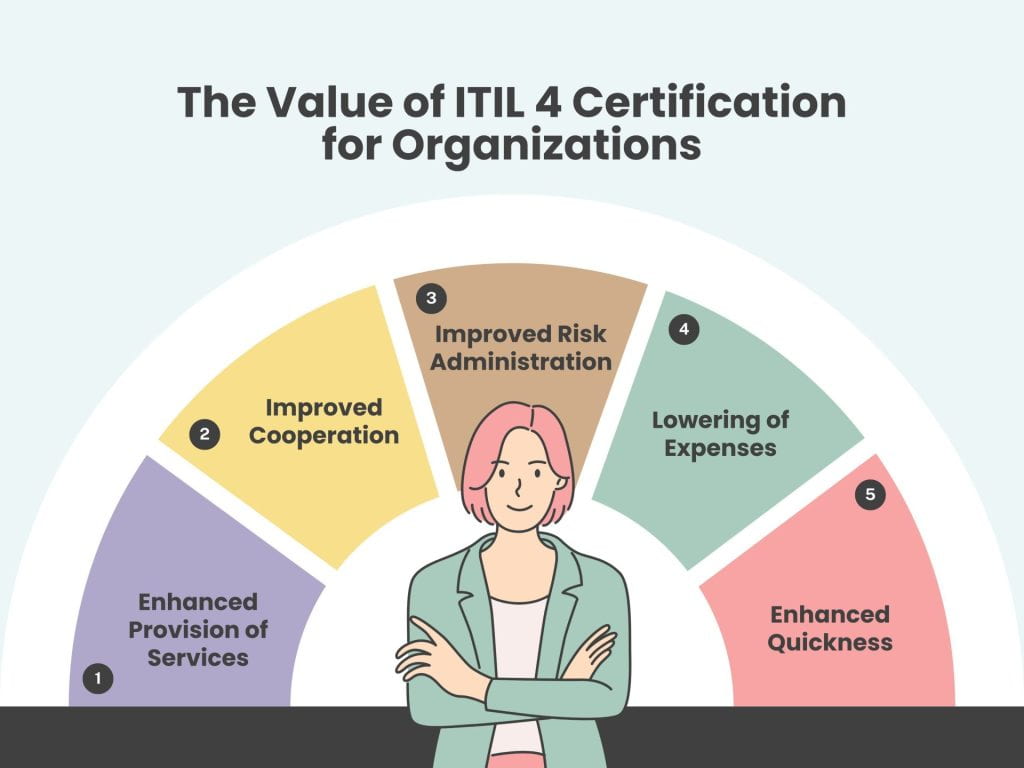
The ITIL Foundation Certification has many advantages for people, but it also has a lot to offer enterprises. The ITIL 4 Certification can benefit your company in the following ways:
- Enhanced Provision of Services
Organizations can enhance their IT service delivery by putting ITIL practices into practice. Higher customer happiness, decreased downtime, and increased efficiency result from this. The focus placed by ITIL 4 on value co-creation guarantees that services are in line with the requirements and expectations of customers.
- Improved Cooperation
A culture of cooperation and ongoing improvement is encouraged by ITIL 4. Organizations can enable cross-functional teams to collaborate toward shared objectives and dismantle organizational silos by implementing the Service Value System and incorporating additional frameworks like Agile and DevOps.
- Improved Risk Administration
Organizations may more effectively identify and manage risks with the support of the ITIL 4 Certification framework. Organizations can proactively address potential issues and minimize their impact on business operations by putting best practices in place in areas like incident management and problem management.
- Lowering of Expenses
There can be large cost savings by putting ITIL practices into effect. Through process optimization, waste reduction, and improved resource utilization, companies can reduce their operational expenses without sacrificing the provision of high-quality services.
- Enhanced Quickness
Agility is vital in the fast-paced commercial world of today. The emphasis on flexibility and adaptation in ITIL 4 enables businesses to react swiftly to shifting consumer expectations and market situations. Businesses may take advantage of new opportunities and maintain competitiveness with this agility.
Conclusion
IT workers and companies can benefit greatly from investing in the ITIL Certification, especially the ITIL 4 Foundation Certification. For individuals, it provides a route to improved abilities, professional growth, and a more thorough comprehension of IT service management. It offers a framework that companies can use to boost cooperation, improve service delivery, and create commercial value.
You can begin your journey towards mastering ITIL 4 and realizing the full potential of IT service management by registering for an itil certification course and obtaining your ITIL Foundation Certification. ITIL 4 Certification is a potent tool that can help you accomplish your goals, whether you’re a business trying to improve IT services or an IT professional hoping to progress your career. Start your ITIL journey now to see how ITIL 4 can revolutionize your success both professionally and organizationally.
